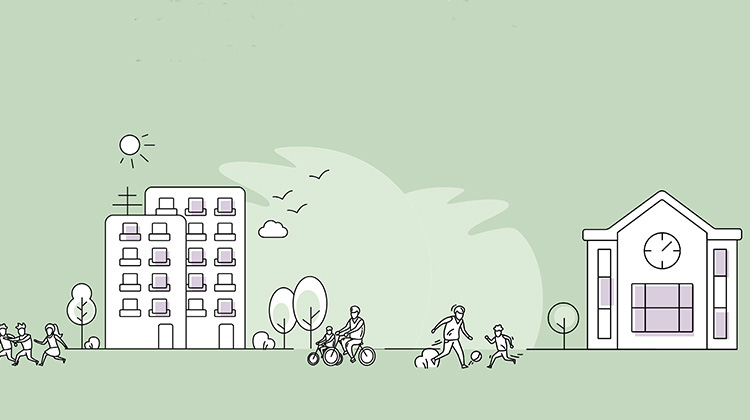How to Achieve a Fair Go

There are systemic issues with education in Australia that lead to persistent inequity, however there are steps that can be taken to get past this.
The Centre for Social Impact’s (CSI) new report examines key drivers of inequity within Australia’s educational system and makes recommendations based on two-years of research.
Education inequities are influenced by the wider cultural and societal context of each student, and innovative initiatives and partnerships that bring the classroom closer to the community should improve inequity.
“From our research it’s clear a new framework is needed to evaluate and document students’ skills and competencies acquired outside the classroom to keep up with a changing post-pandemic world and competitive job market. There is a greater urgency in addressing these inequities than ever before and we need to shift our thinking on what counts as ‘success’ in learning,” Dr Meera Varadharajan from CSI UNSW said.
“Changes to the delivery of learning that help compensate for structural and cultural inequities are necessary to even the playing field and allow all students to thrive. We’ve seen this play out through the pandemic, and our evidence-based study has been able to identify the initiatives, or levers of change, that demonstrate evidence of reducing education inequity.
“These include employing holistic approaches to school readiness; embedding First Nations perspectives, language and culture into curriculums; establishing a sense of shared ownership from the wider community into student programs; engaging students in social learning programs for building resilience in a changing world; and providing alternate learning models or flexible options for First Nations, rural, low socio-economic and new Australian students, and students with disability.”
Many successful programs that are improving education inequity already exist, but there are barriers to scalability including lack of long-term evidence, available resources, or siloed operations.
“The programs that are reducing inequities are partnership based and focused on shared community ownership or engagement; engaging students across their whole self-identity; and providing a holistic approach that aims to deliver on both academic and extra-curricular outcomes.
“There needs to be a focus on promoting and amplifying successful programs, especially for First Nations students. In many cases the solutions are already there, but they need to be scaled up or implemented on an ongoing basis instead of a series of pilots. Education inequity is everyone’s business and we must work together to address it.”
CSI founder and leading education academic Professor Peter Shergold AC notes the report findings build on existing literature, such as the 2011 Gonski Report, and Looking to the Future Report which was released in 2020. It adds new post-pandemic learnings and updated recommendations that cover all levels of influence within the education community.
“Ultimately the research shows there needs to be long-term plans for a range of learnings, like the blended methods we’ve seen over the past 18 months, incorporated within the system that create pathways for future opportunities and active citizenship for our students,” Professor Shergold said.
The report makes recommendations which different stakeholders could act upon at all levels of a student’s education journey. Overall, stakeholders need to develop and implement system level initiatives: school-based, school-linked, community-based or a combination of these, that work in partnership with external agencies to improve the range of extended services to students, schools, families and local community.
School leaders and educators should improve evidence base to address the gaps in data and approaches to program evaluation by incorporating the voices of students and families in regular assessment and evaluation practices.
Educators should work on partnership models that leverage community members’ experience and knowledge to implement whole-of school strategies that support students towards purposeful and inclusive learning and systematically implement early intervention tools to address learning difficulties.
Ideally, the benefits of evidence-based long term mentoring programs across large communities in Australia could be promoted and opportunities for external program facilitators and school staff to collaborate to improve outcomes.
Successful partnership models in Indigenous education should, cautiously, be implemented in similar school contexts. The research recommends changes be made to curriculum to support varied social and cultural identities so that students are balanced in their Western knowledge and English and their Indigenous identity, cultural knowledge and language.
Pre-school is important and programs that lead towards successful transition are needed, with a holistic approach framed around five elements: ready school; ready child, ready families, ready community and ready early childhood services. We also need to increase access to more inclusive preschool settings and acknowledge the limitations of western definitions of ‘school readiness’ in transition programs.
There also needs to be investment in processes and training to ensure schools have culturally appropriate support systems in place to welcome students from culturally diverse backgrounds.